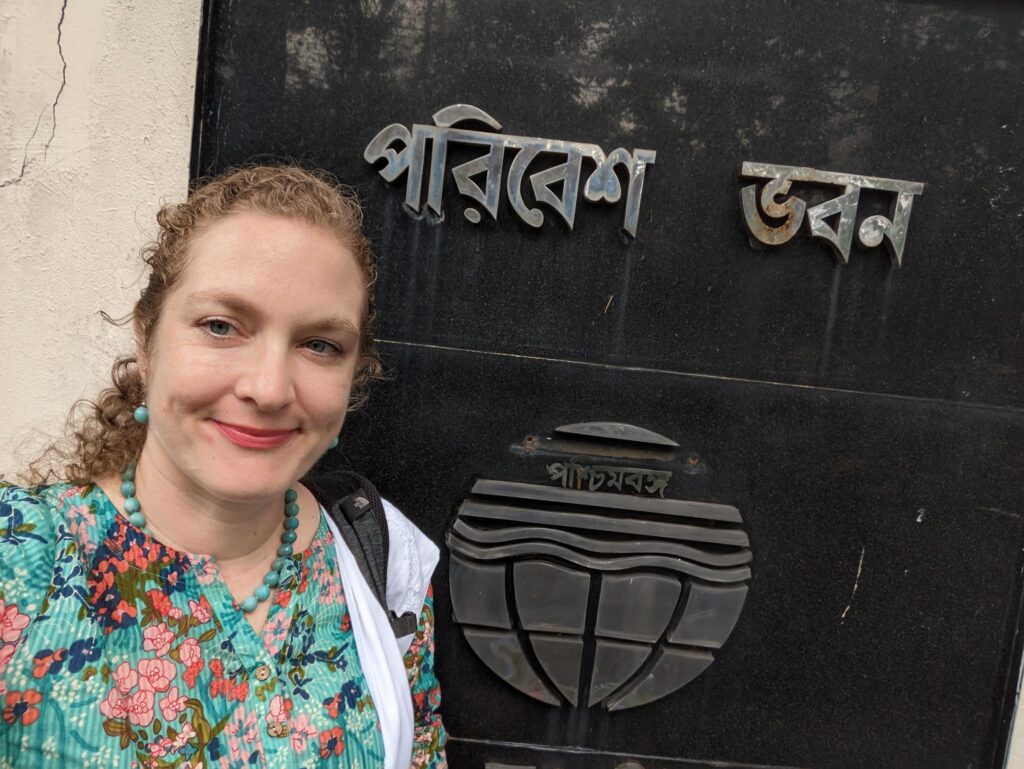V. Faye McNeill
Professor and Vice Chair, Department of Chemical Engineering
Professor, Department of Earth and Environmental Sciences
Columbia University
How did you get involved in the aerosol science community?
I first became involved in aerosols research as an undergraduate researcher in Rick Flagan’s lab at Caltech. I was immediately fascinated by the field’s combination of elegant, challenging science and engineering and its major impacts on society. Although my PhD research was focused on the chemistry of ice surfaces in the stratosphere, I came back to aerosol chemistry research during my postdoc with Joel Thornton. I attended my first AAAR meeting in 2008 after becoming a faculty member at Columbia. It was wonderful to see so many colleagues and hear so much cutting edge science in one place. I have been a regular attendee since then.
Which people or programs in our field have been the most influential to you and your path, or who have most influenced your ideas about aerosol research?
My first immersion in aerosol science was at Caltech, and Rick Flagan, John Seinfeld, and many other colleagues I met while I was there have continued to be great mentors and collaborators. However, the list of colleagues I’ve either connected with or stayed in touch with at AAAR who have had a big influence on me is long. To give just one example, Linsey Marr and I first met at MIT but stayed in touch through seeing each other at AAAR through the years. I have been very impressed by her fearless venture into the space between aerosol science and infectious disease transmission, and her science communication efforts on this topic throughout the pandemic.
What is the most interesting research contribution you’ve made so far?
This is not an easy question to answer! But these days I’m most interested in work that has a lasting impact beyond the confines of my lab. One project I would put in this category is our AMORE project, which uses graph theory principles to automatedly produce reduced versions of complex atmospheric chemistry mechanisms. This is important for bridging between the large amount of detailed, complex information coming out of lab studies and the computationally constrained large-scale models we use for air quality and climate predictions. A reduced isoprene mechanism generated by AMORE is being incorporated into EPA’s CMAQ model.
What challenges were completely unexpected as you began and continue to grow your own research group?
Research is really about people, and managing a group is a fascinating and ever-evolving challenge. Even for the same researcher, what they need from a mentor and what keeps them motivated tends to evolve over the time they spend in the lab – and every project has unique challenges and opportunities.
Are there new research directions that you see as particularly important or interesting?
Aerosol science is at the forefront of many of the most pressing issues in society. AAAR members are busy tackling problems that are making headlines including pollution from wildfires, transmission of respiratory diseases, and problems at the interface of air quality and climate. I am excited to see the community pushing the forefront of research in these interdisciplinary spaces, and taking a leading role in communicating the science to the public.

This Issue’s Newsletter Committee:
Editor | Krystal Pollitt, Yale UniversitySenior Assistant Editor | Justice Archer, University of BristolJunior Assistant Editor | Dong Gao, Yale UniversityGuest Contributor | Sarah Petters, Aarhus University
